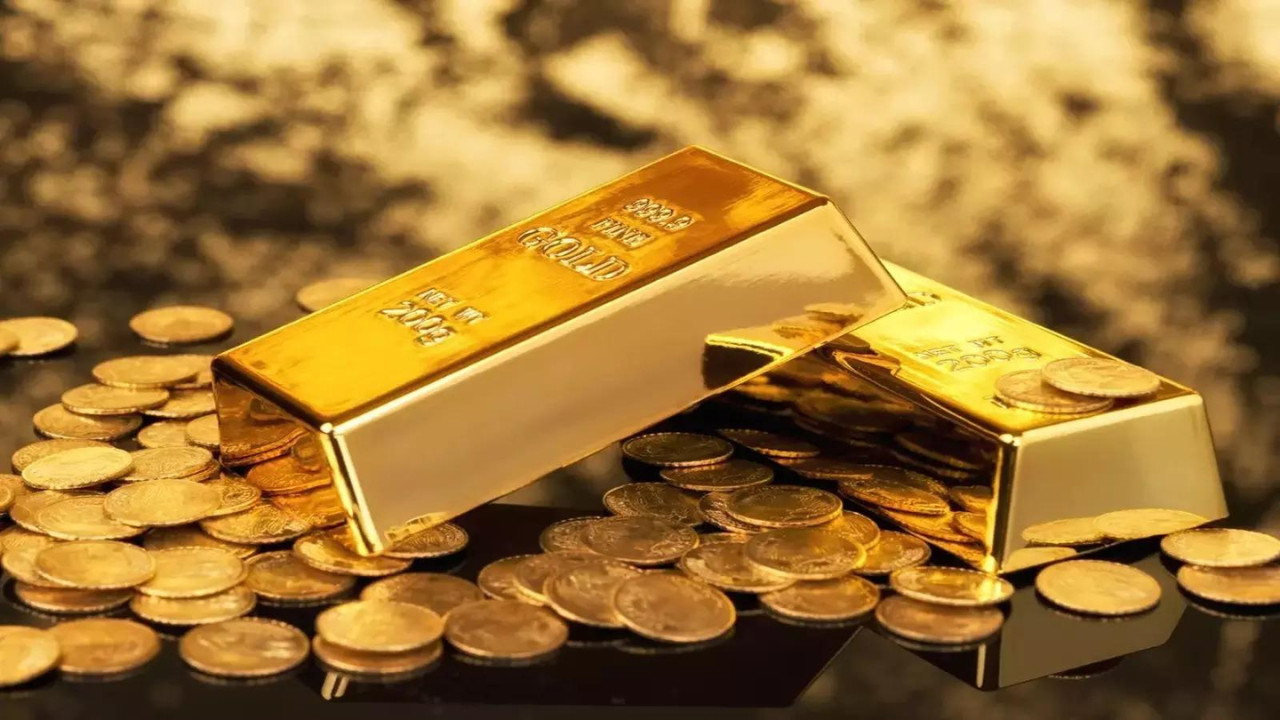Gold prices are poised for consolidation, yet a positive bias persists amid growing anticipation of a US Federal Reserve rate cut in September. Upcoming US macro data and Fed officials’ speeches will be crucial in shaping monetary policy and influencing gold’s trajectory. Geopolitical and trade developments, including Russia-Ukraine peace talks and tariffs, will also be closely monitored by investors.
Will Gold Continue its Glittering Run? Navigating the Future of Gold Prices
Gold. It’s more than just shiny metal; it’s a store of value, a hedge against uncertainty, and for some, a cultural touchstone. It’s been a fascinating year for gold bugs, with prices experiencing considerable volatility. But what’s next for this precious commodity? Will the golden rally continue, or are we headed for a period of consolidation? The answer, as always, is complex, interwoven with economic indicators, geopolitical tensions, and the ever-watchful eye of the Federal Reserve.
Understanding Recent Gold Price Performance
The past few months have painted a mixed picture. Gold prices have enjoyed considerable upside, fueled by factors like persistent inflation (despite efforts to tame it), geopolitical instability in various corners of the globe, and a softening dollar at certain points. Investors often flock to gold as a safe haven during turbulent times, and the recent global landscape has certainly provided plenty of reasons to seek shelter.
However, the yellow metal hasn’t had a completely smooth ride. Stronger-than-expected economic data in the US has occasionally put downward pressure on prices, as it suggests the Fed may be less inclined to aggressively cut interest rates. This tug-of-war between bullish and bearish forces has resulted in a period of consolidation, with prices fluctuating within a defined range.
The Fed’s Next Move: A Key Driver for Gold
Perhaps the most significant factor influencing the near-term future of gold prices is the Federal Reserve’s monetary policy. The market is currently laser-focused on any signals regarding the timing and magnitude of potential interest rate cuts. Lower interest rates generally make gold more attractive, as it doesn’t offer a yield like bonds or savings accounts. A more dovish Fed – one that leans towards cutting rates sooner rather than later – would likely provide a boost to gold prices.
On the other hand, if the Fed maintains its hawkish stance, prioritizing inflation control over economic growth, gold could face headwinds. Higher interest rates strengthen the dollar, making gold more expensive for buyers using other currencies, and increase the opportunity cost of holding gold relative to yield-bearing assets.

Geopolitical Risks: A Constant Undercurrent
Beyond monetary policy, geopolitical risks remain a persistent influence. Ongoing conflicts, trade tensions, and political instability around the world can all trigger safe-haven buying, driving up demand for gold. These events are inherently unpredictable, making it difficult to forecast their precise impact on prices. However, it’s safe to say that as long as global uncertainties persist, gold will retain its allure as a hedge against turmoil.
Internal Link: For more information about investing during uncertain times, read our article on diversified portfolios.
Consolidation Before the Next Leg Up?
Many analysts anticipate a period of continued consolidation for gold in the short term. This means we’re likely to see prices fluctuate within a relatively narrow band as the market digests incoming economic data and attempts to decipher the Fed’s intentions. However, the underlying bias remains positive, primarily due to the expectation of eventual interest rate cuts and the ever-present threat of geopolitical flare-ups.
The key takeaway is that gold is unlikely to experience a dramatic collapse unless there’s a significant shift in the fundamental drivers that have supported its rise. Factors to watch closely include inflation data, Fed pronouncements, and any escalations in geopolitical tensions.
Long-Term Outlook: Gold’s Enduring Appeal
Looking beyond the immediate future, the long-term outlook for gold remains constructive. As a finite resource with a long history as a store of value, gold is likely to maintain its appeal to investors seeking diversification and protection against inflation and economic uncertainty. While short-term price fluctuations are inevitable, the enduring qualities of gold suggest that it will continue to play a significant role in the global financial landscape.
gold-price-outlook







